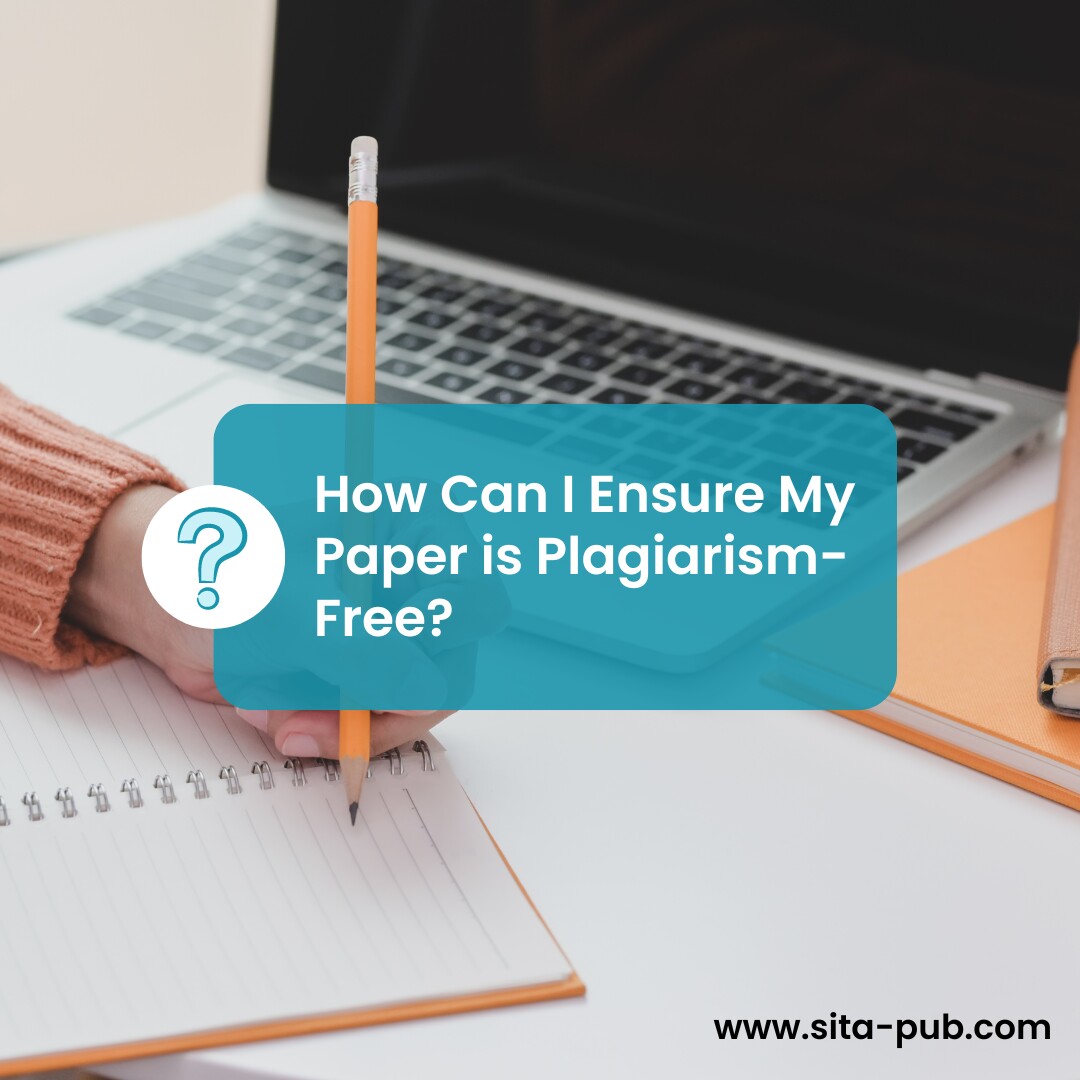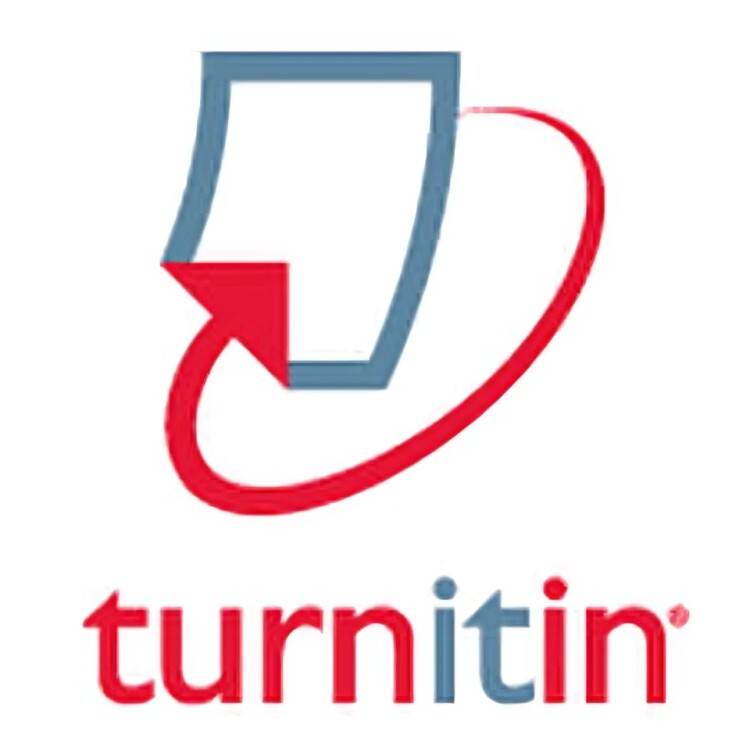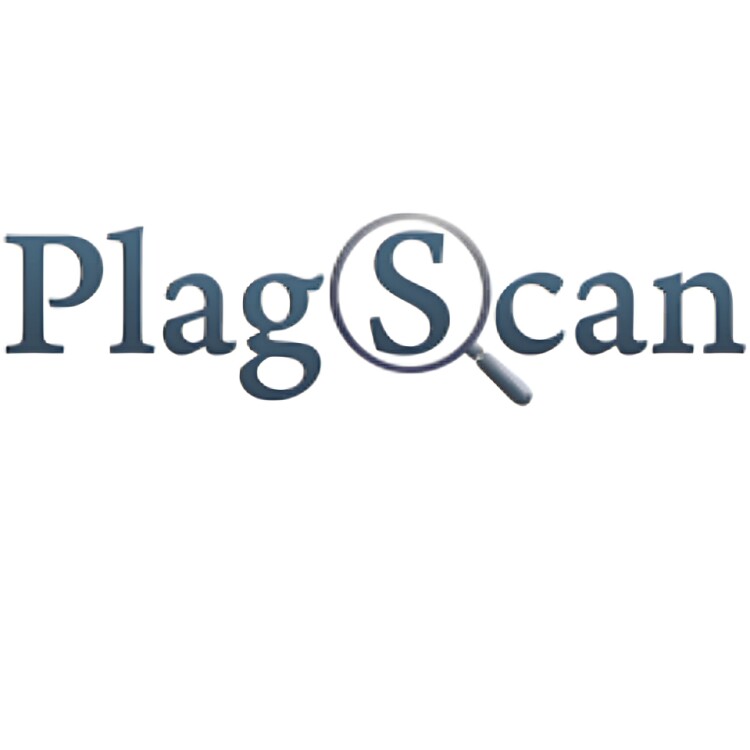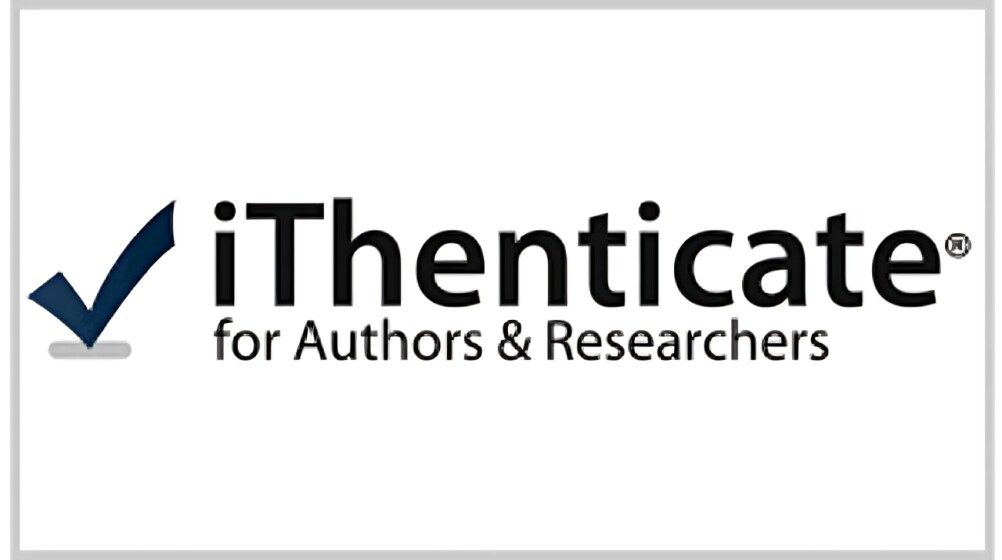How Can I Ensure My Paper is Plagiarism-Free?


Plagiarism means using someone else's work, ideas, or words without giving them credit. This includes copying text, images, or ideas from books, articles, or websites without citing sources correctly. Plagiarism can happen by mistake or on purpose, but it is a serious problem in schools and workplaces.

It is crucial to avoid plagiarism for several reasons. First, it undermines academic integrity. When people do not credit the original authors, it makes it seem like their work is not valuable. Second, the consequences of plagiarism can be severe, such as failing a course or losing a job. Many schools have strict rules against plagiarism, which can lead to expulsion or revocation of degrees.
Also, avoiding plagiarism helps keep your own work valuable. Original research and writing showcase your unique ideas and contributions. By ensuring your paper is plagiarism-free, you establish yourself as a trustworthy scholar.

Submitting a paper to a journal requires a commitment to academic integrity. Plagiarism can have serious consequences, particularly in the context of journal submissions. Here’s why it’s crucial to avoid plagiarism:
Rejection of Your Paper: Journals have strict policies against plagiarism. If your paper contains any plagiarized content, it will likely be rejected without further review. This means that your research won’t even be considered by the editorial team, and you will miss the opportunity to contribute to the field. Such a rejection can also hinder your chances of getting published elsewhere, as other journals may view the initial rejection unfavorably.
There are many plagiarism detection tools available to help check for plagiarism before you submit your work. These tools compare your text with a large number of published works to find similarities. Some popular plagiarism detection tools include:

Turnitin: Commonly used in schools, Turnitin checks papers against a vast database of student works, articles, and web content.

Grammarly: Besides checking grammar, Grammarly has a feature that scans your text for potential plagiarism.

Plagscan: This tool is useful for academics and professionals, providing detailed reports on plagiarism.

Quetext: Known for being user-friendly, Quetext allows you to check for plagiarism easily.

However, the most well-known and accurate tool is iThenticate. Used by researchers and academic institutions, iThenticate is designed specifically for scholarly content. It checks your submission against a large database of academic publications, ensuring your work is original.
To make sure your paper is plagiarism-free, follow these tips:
Before writing, get to know the sources you will use. Read and understand the material well, which will help you express your thoughts without copying.
Paraphrasing means rewriting information in your own words while keeping the same meaning. To paraphrase well:
Read the original text carefully to understand its message.
Set the original aside and write your version without looking back. This helps you avoid copying.
Use synonyms and change sentence structures to create a new version of the information.
Whenever you use someone else’s ideas, data, or quotes, make sure to cite them properly. Learn the citation style required for your paper (e.g., APA, MLA, Chicago) and use it consistently.
If you use a specific phrase or sentence from a source, put it in quotation marks and give the correct citation. This shows that the words are not your own.
It is important to develop your own writing style. Focus on expressing your ideas, using sources to support your arguments instead of relying on them too much. This reduces the chance of unintentional plagiarism.
After finishing your draft, take time to revise and edit. Look for parts where you may have relied too heavily on sources and either paraphrase or remove those sections. This process helps you refine your voice and reduce similarities to original texts.
Making sure your paper is plagiarism-free is important for both ethics and academic success. By understanding what plagiarism is and why it matters, using tools like iThenticate, and following effective strategies for paraphrasing and citation, you can greatly reduce the risk of plagiarism in your work.
At SITA Academy, we provide a thorough plagiarism check using iThenticate to ensure your work meets high standards of originality. After the check, our team will paraphrase any sections that need changes to meet your requirements, helping you submit a polished and authentic paper.
If you have any questions, inquiries, or would like to learn more about our services, please don't hesitate to reach out to us. Our dedicated team is ready to assist you.